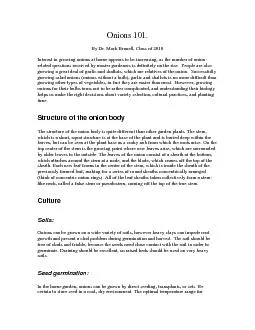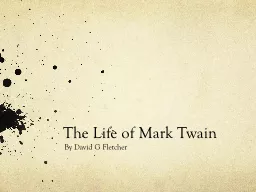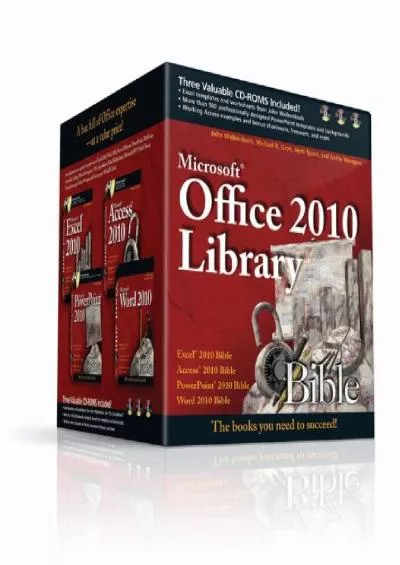PDF-By Dr. Mark Brunell, Class of 2010
Author : tatyana-admore | Published Date : 2015-09-15
Onions 101 Interest in growing onions at home appears to be increasing as the number of onion related questions received by master gardeners is definitely on the
Presentation Embed Code
Download Presentation
Download Presentation The PPT/PDF document "By Dr. Mark Brunell, Class of 2010" is the property of its rightful owner. Permission is granted to download and print the materials on this website for personal, non-commercial use only, and to display it on your personal computer provided you do not modify the materials and that you retain all copyright notices contained in the materials. By downloading content from our website, you accept the terms of this agreement.
By Dr. Mark Brunell, Class of 2010: Transcript
Download Rules Of Document
"By Dr. Mark Brunell, Class of 2010"The content belongs to its owner. You may download and print it for personal use, without modification, and keep all copyright notices. By downloading, you agree to these terms.
Related Documents














